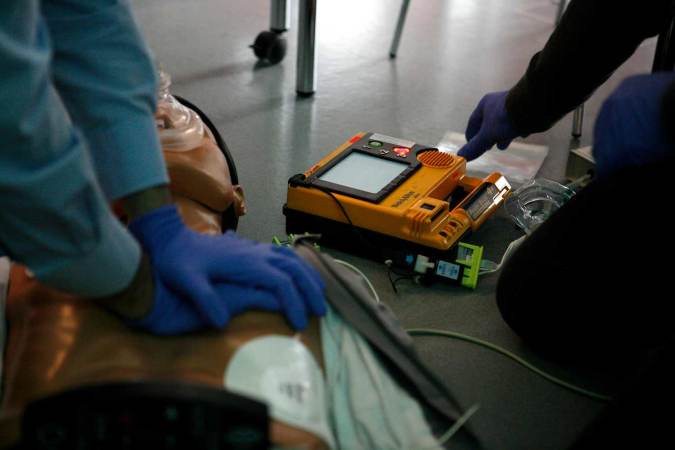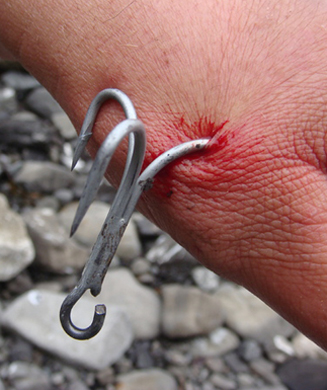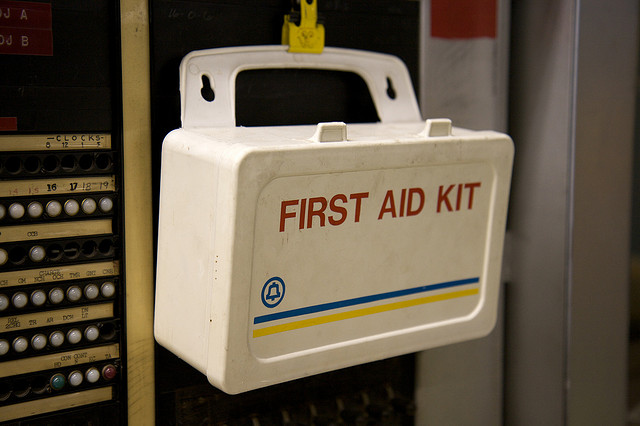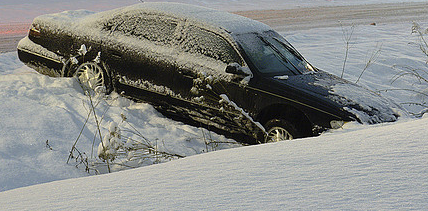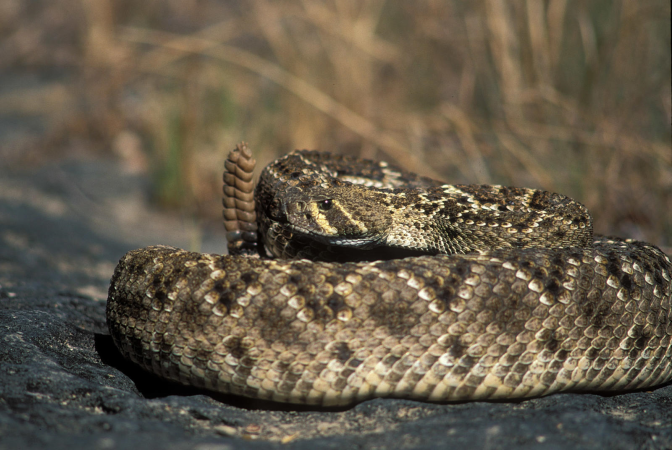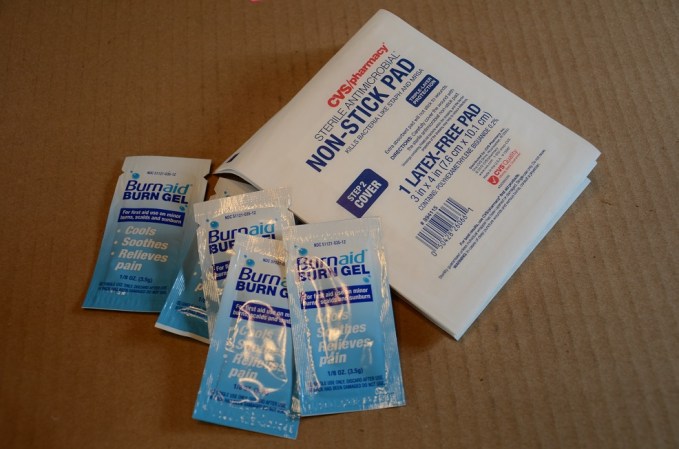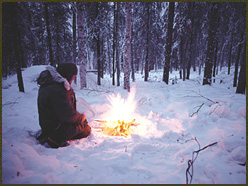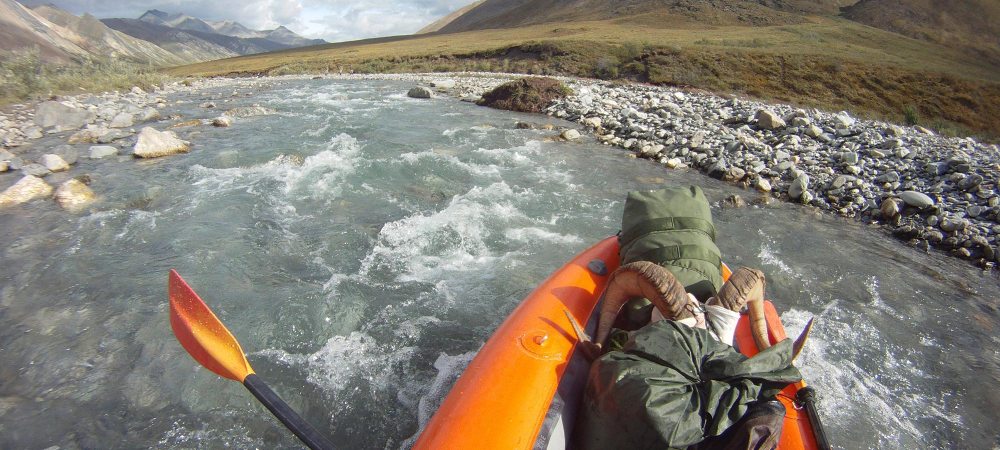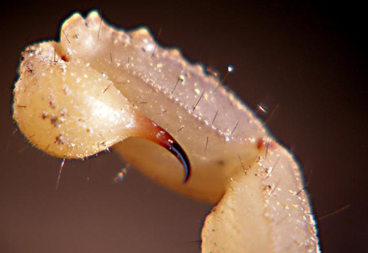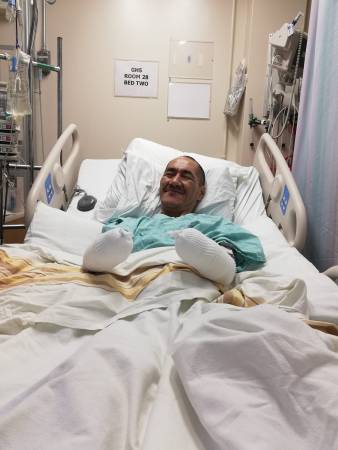Frostbite can be a common injury during the winter months, especially in northern regions, at high altitude, and under windy conditions. Frostbite occurs when ice crystals form in your skin and underlying tissues. The intense cold that causes this type of injury also masks the damage. Skin will often go numb before the frostbite damage occurs. It’s only when the tissue thaws out that you feel the intense burning pain resulting from the sharp ice crystals that damaged your cells. How do you detect frostbite?
Spot the Symptoms of Frostbite
There are several signs that you can watch for in yourself and others to prevent frostbite and catch it while it is still treatable in the field.
– The biggest preventative measure for this injury is to recognize the conditions that cause frostbite, and to keep all skin warmly covered under these weather extremes. Temperatures in the 20-degree range can lead to frostbite, if strong winds are present or if there has been enough exposure time. Temperatures near or below 0 degrees, with any wind, are swift to produce frostbite on exposed skin and extremities like fingers, toes, and noses. Wind speeds over 20 mph at temperatures below zeroare very likely to create frostbite in hours or even minutes.
– Superficial frostbite occurs in patches on exposed areas of the face, hands, ears, fingers and toes. These patches may look dull in color, waxy, and pale, and feel firm to the touch. The underlying tissue will still feel soft. Pain may be felt in these areas.
– Deep frostbite can consist of deeper tissues and more extensive tissue becoming frozen. The skin will be pale and firm, with the underlying tissues feeling solid. Feet, legs, hands, and arms may be lost due to this severe level of frostbite. Tissues with deep frostbite will generally feel numb, and joint movement will feel restricted.
Treatment of Frostbite
– Rewarming the skin and tissues is the main method of treatment, both in the field and in the hospital–unless there is a danger of re-freezing.
– Superficial frostbite is treated by placing a warm body part against the frostbitten tissue. Do not rub the frostbitten area, as more pain and damage will result. Take ibuprofen for the pain, before it becomes bad. Protect that tissue from refreezing. Monitor for hypothermia, as well.
– Deep frostbite requires a more active rewarming, which usually involves hot water at stable temperatures (around 105 degrees). The pain will be incredible, and the chance of infection high, so field treatment is a worst-case scenario. Treat with pain meds as soon as you begin rewarming, and only rewarm if you can keep the tissue from freezing again.
Have you had frostbite? Did you take care of it yourself? Tell us your story in the comments.



